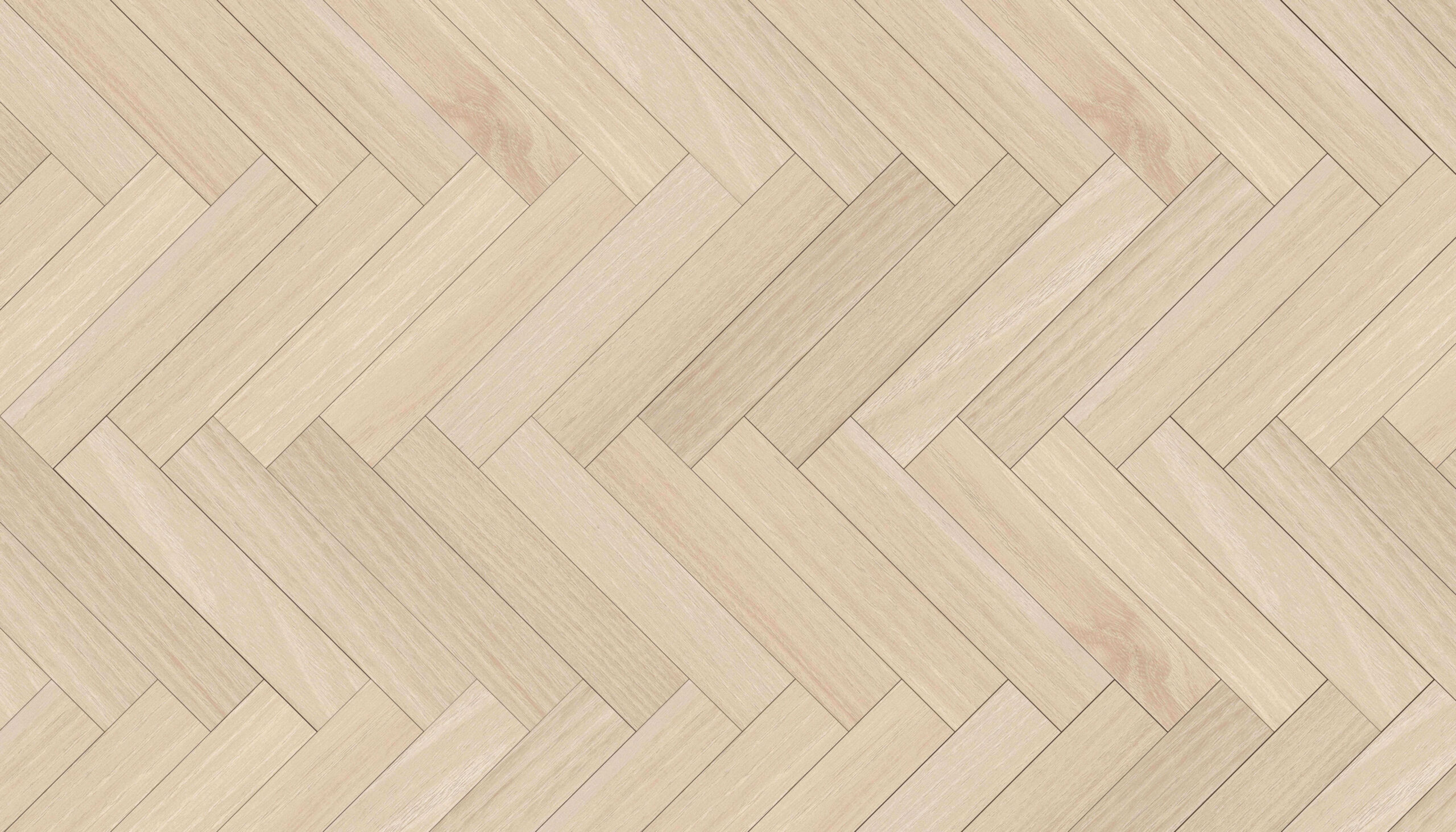When you are preparing to refinish, or give your timber floors a brand new look, by floor sanding and polishing, the time it takes for the floor sanding process entirely depends on the condition of your timber floors.
For instance, if your timber floors are in good condition, the floor sanding and polishing process will be done smoothly and quickly. On the contrary, if they are prone to more damage, they require more time to get the job done, which also affects the floor sanding and polishing cost. So, here are some conditions that affect the wooden floor sanding process.
1. Timber floor Damages
Timber floor damages like severe wear and tear, gaps, cupping, crowing, and buckling require more sanding, which affects the overall sanding process.
Timber floor damage caused by cupping (raised edges), buckling, peaking, and crowning (raised centre) leads to unevenness in timber floors. Therefore, timber floor sanding professionals will start by flattening those surfaces by sanding. Sometimes if the damage is severe or in cases where sanding is not recommended, they will replace the damaged wooden plank with a new one before sanding the floor. However, if you do not want to treat the unevenness and proceed with sanding, again, it consumes more time as the floor sanding professionals will use a hand sander to sand.
Also, note that these damages are mainly caused by moisture. To keep your timber floors in good condition for years, protect your floorings from moisture by fixing water leakage, wiping up spills and reinforcing sealants at regular intervals.
2. Old Stains
Removing the old finish, especially the previous stain on your timber floors, can consume a lot of time, affecting the floor sanding process. To avoid an uneven finish and clogging the grit sanding paper, floor sanding professionals starts by removing the previous finishes and stains before sanding.
3. Timber Flooring Type
Timber flooring type also affects the floor sanding process. Parquetry flooring, for instance, requires a different method of sanding than regular hardwood flooring and engineered flooring. Depending upon the age, finish and condition of the parquetry flooring, floor sanding professionals will choose the most appropriate technique to sand the flooring evenly. If gaps exist between floorboards, then it requires a filling, which again takes more time.
4. Timber Floor Species
The species of timber used for your floors also plays a part in determining the floor sanding process, the time and cost. Not all timber species are ideal choices for sanding. Timber species like Jarrah and Mahagony are the most complicated and time-consuming ones to sand, while timber species like Oak, Pine and Walnut are easier and can be done in almost no time.
5. Floor Layout
Undoubtedly, floor layout means the area of your timber floors affects the time and cost of the floor sanding process. The more rooms and the bigger they are, the more time and cost it takes for sanding and finishing. Discuss with your floor sanding professional and ask for estimates before you begin the sanding process.
6. The expertise of the Floor Sanding Company
Finally, the expertise of a floor sanding company affects the floor sanding and polishing process. A highly experienced and expert floor sanding and polishing company will deliver a hassle-free job, from analysing the floor to sanding and finishing the floor with stains and polishes. They make use of the right equipment and the right kind of techniques to rejuvenate the old floorings and ensure no damage to them. That’s why it is essential to hire a professional floor sanding compa
Contact our team if you are looking for a professional floor sanding and polishing service in Sydney.



